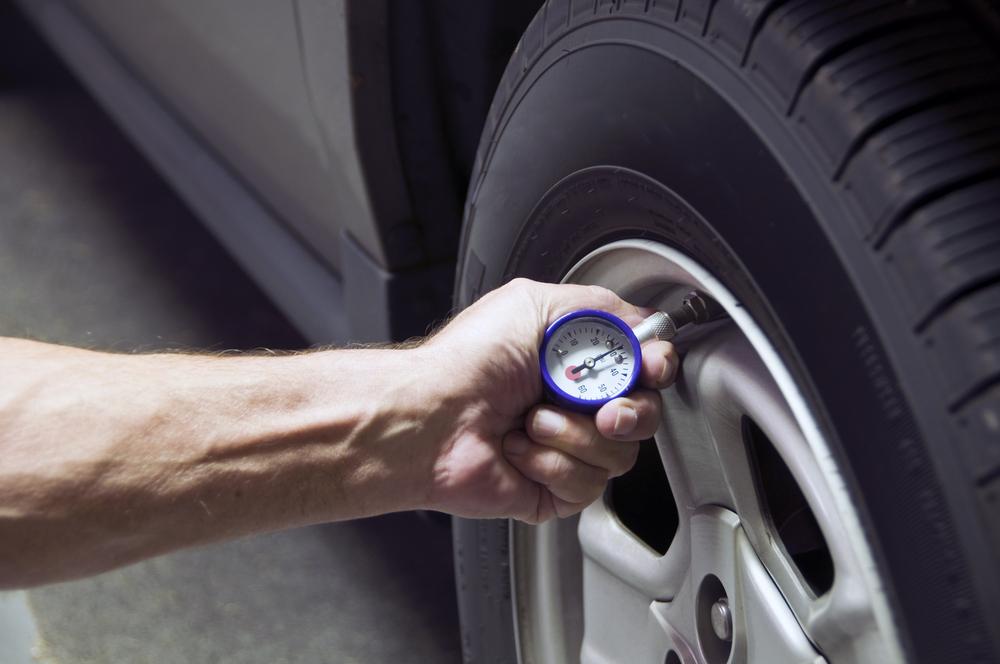
Car Safety Checklist for Proper Tire Pressure
Maintaining a car tire safety checklist might seem like a rather boring chore. However, ensuring that your car tire safety checks are done regularly benefits you in many ways. Those people who do pay basic attention to their car tires usually check the tire pressure whenever they remember to. This check should be done at least a couple of times a month. Ideally, car tire pressure is to be checked when the tire is cold. This is usually three hours after it has been parked. It is risky to attempt to release air out of a hot tire.
When your car’s tires are maintained at optimum pressure the fuel economy of the vehicle is enhanced. It also keeps the vehicle performing at its best. Since the tire does not bend easily when heated in the pressure is correct it reduces the risk of tire squirm and flex. Prevention of dangerous overheating of tires also reduces the risk of a tire burst or rollover. A stable tire makes the vehicle handle better and makes the drive more comfortable. Tire pressure is sensitive to temperature. The same tire that is properly inflated will show a different tire pressure reading in winter and summer.
While you might habitually set your tire pressure according to what you think is optimum, the tire pressure specified by the car’s manufacturer should be the value that you adhere to. The car is designed with all these specifications in mind to give you the best performance and comfort.
Overinflation
When your tires are overinflated they become too stiff. This causes the surface area of the tire that actually makes contact with the road to be reduced. This causes uneven wear and tear of the tire. Center wear is a type of pf tire wear caused by overinflation. Such overinflated tires are more prone to getting damaged when they strike an obstacle or uneven surface on a road.
Underinflation
Tires that are underinflated are too soft and too much of the tire contacts the road surface. This will not only affect the performance of the vehicle but also wear the tire out abnormally. The center of the tire might look less worn than the outer edges that wear out sooner. Underinflated tires are too flexible and they tend to decrease the fuel economy of the car. Not following your car tire safety checklist could lose you a lot of money in the long term.
Wear and Tear
Over time you save more money by extending the life of your tire be avoiding the excessive wear and tear that is caused by improper tire pressure. It is also a safety hazard to drive a car with improperly inflated tires. In case of any unforeseen sudden events causing you to swerve hard or brake, there is no telling if an improperly inflated tire will perform as it is meant to. So your car tire safety checklist could make your drive safer.
Some vehicles have a tire pressure monitoring system. Even if you do have such a system, it is better to manually check your tire pressure as a matter of routine. IT is an even better idea to keep your own tire pressure gauge handy so that you can maintain an accurate tire pressure regardless of the differences in the reading of tire pressure gauges in gas stations.


